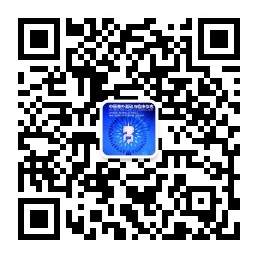Objective To explore the effect of Tie-2 small interference RNA (siRNA) treatment in human hepatoma transplanted subcutaneously in nude mice.
Methods Tumor cells were implanted in the hind flank of male nude mice of 6 weeks. Tumor-bearing mice were divided into two groups (gene therapy group and control group) and injected intra-tumorally with Tie-2-siRNA/Lipofectamine and saline/Lipofectamine respectively. The tumor volume and weight, serum AFP and microvessel density (MVD) and the histological change of the tumor were tested after gene therapy.
Results The growth inhibitory rates in gene therapy group were 26.94%, 53.01% and 68.91% on day 4, 7 and 10 after gene therapy respectively. The tumor volumes of gene therapy group (118.47, 111.57 and 104.59 mm3) were smaller than those of the control group (162.17, 237.46 and 336.41 mm3) respectively (P<0.01), and the weight of tumor in gene therapy group was lighter than that of the control group 〔(0.89±0.09) g vs (1.24±0.03), P<0.01〕. The AFP value in gene therapy group was obviously lower than that of the control group 〔(107.66±24.13) ng/ml vs (266.08±50.96) ng/ml, P<0.01〕. There was significant diference of MVD between the gene therapy group (34.63±4.07) and the control group (81.01±9.44) with the method of immunohistochemitry (P<0.01). Histopathology in the control group showed that the tumor volumes were bigger, and a high atypic of tumor cells were seen. The main pathological changes in tumor tissue of gene therapy group were necrosis, there were massive necrosis. The apoptosis cells were seen in the both of necrosis and non-necrosis areas in only 2 mice of gene therapy group.
Conclusion Tie-2-siRNA inhibits the tumor growth and tumor angiogenesis, and is a possible new approach for liver neoplasm gene therapy.
Citation: DENG Wei,LIANG Lijian. Effect of Tie-2-siRNA Expression Vector on Human Hepatoma Transplanted Subcutaneously in Nude Mice. CHINESE JOURNAL OF BASES AND CLINICS IN GENERAL SURGERY, 2007, 14(5): 543-546. doi: Copy
Copyright ? the editorial department of CHINESE JOURNAL OF BASES AND CLINICS IN GENERAL SURGERY of West China Medical Publisher. All rights reserved




